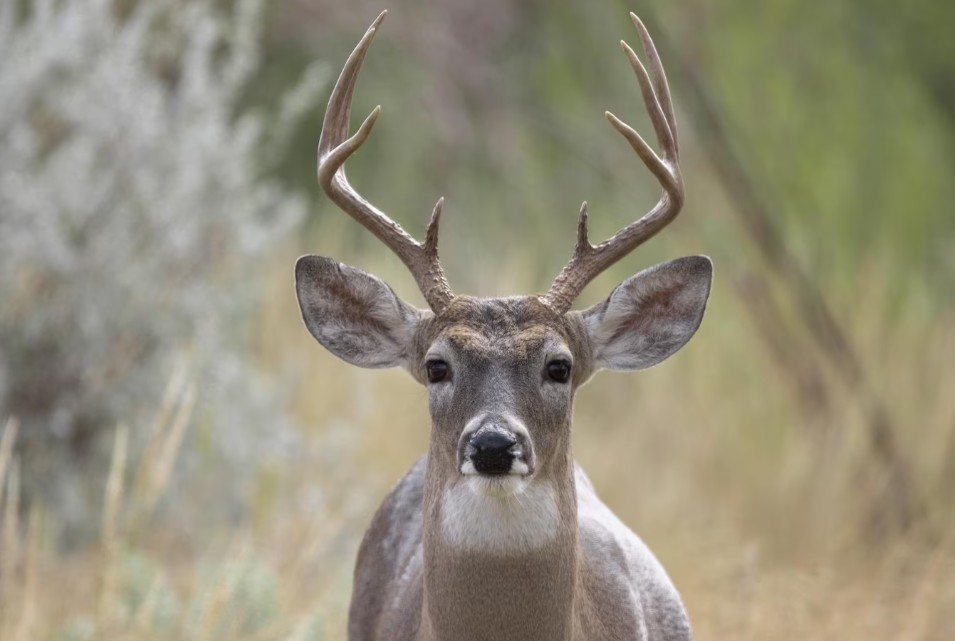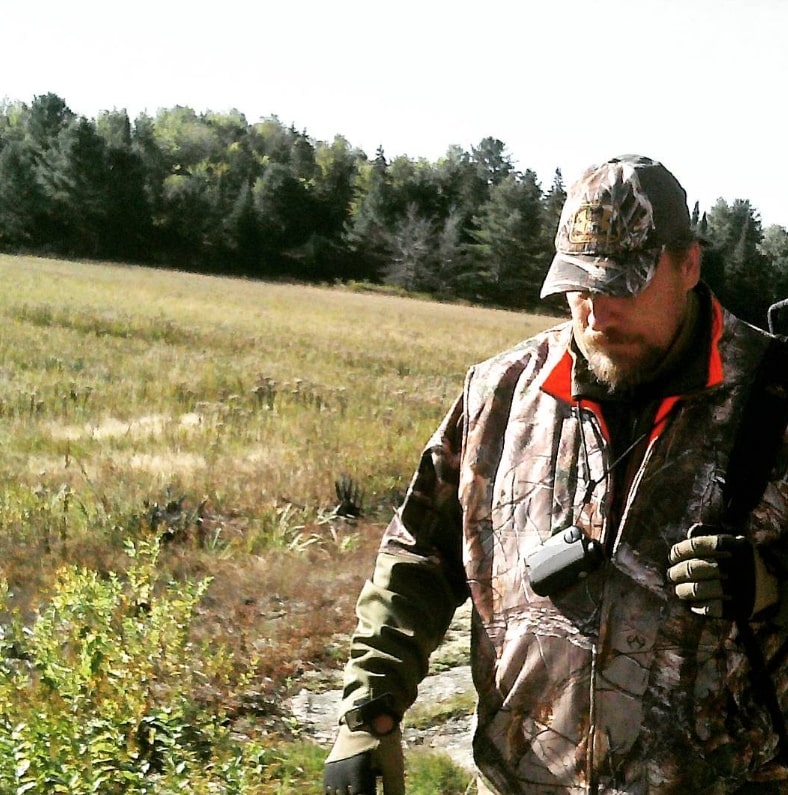Training your dog to find whitetail deer shed antlers


Training your dog to find whitetail deer shed antlers

Whitetail deer shed antlers are a valuable commodity for hunters and outdoor enthusiasts. They are used for a variety of purposes, including decoration, crafting, and collecting. Training your dog to find whitetail deer shed antlers can be a fun and rewarding experience for both you and your furry companion. Here are some key steps to follow when training your dog to find whitetail deer shed antlers.
Step 1: Start with Basic Obedience Training
Before you begin training your dog to find shed antlers, it’s important to make sure they have a solid foundation in basic obedience training. This includes commands such as sit, stay, come, and heel. Having a well-trained dog will make the shed hunting experience more enjoyable and safer for both you and your dog.
Step 2: Introduce Your Dog to Antlers
Before your dog can find shed antlers, they need to be familiar with what they are looking for. Start by introducing your dog to antlers in a controlled environment, such as in your backyard or a local park. Show your dog the antler and allow them to sniff it and become familiar with its scent. You can also use antler-scented training aids to help your dog learn the scent.
Step 3: Incorporate Scent Training
Scent training is a key component of training your dog to find whitetail deer shed antlers. Start by hiding the antler in an easy-to-find location and giving your dog the command to find it. Reward your dog with praise and treats when they successfully find the antler. Gradually increase the difficulty of the hiding spots and continue to reward your dog when they successfully find the antler.
Step 4: Practice in the Field
Once your dog has a good understanding of what they are looking for and is confident in their ability to find the antler, it’s time to practice in the field. Start by taking your dog on short walks in areas where you know there are whitetail deer shed antlers. As your dog becomes more comfortable in the field, increase the length and difficulty of the walks.
Step 5: Fine-Tune Your Dog’s Training
As your dog becomes more experienced in shed hunting, you can fine-tune their training to make them even more effective. This includes teaching them to stay on a specific scent trail, recognizing different types of terrain, and responding to hand signals and commands.
Tips for Shed Hunting with Dogs
Shed hunting with dogs can be a rewarding experience for both you and your furry companion. Here are some tips to help make your shed hunting experience with your dog successful:
- Use a harness – A harness is a great way to keep your dog safe and secure while shed hunting. It also allows you to control your dog’s movements and keep them from running off.
- Use an antler scent – Antler scents can help your dog locate shed antlers more easily. They can be used during training and in the field to increase your dog’s success rate.
- Start slow – Don’t expect your dog to find a shed antler on their first try. Start with easy hiding spots and gradually increase the difficulty as your dog becomes more experienced.
- Be patient – Shed hunting with dogs can take time and patience. Don’t get discouraged if your dog doesn’t find an antler right away. Keep practicing and training, and eventually, they will become more successful.
- Reward your dog – Positive reinforcement is key to training your dog to find shed antlers. Reward your dog with praise and treats when they successfully find an antler.
Training your dog to find whitetail deer shed antlers can be a fun and rewarding experience. It takes time, patience, and dedication, but with the right training, your dog can become an expert shed hunter. Remember to start with basic obedience training, introduce your dog to antlers, incorporate scent training, practice in the field, and fine-tune your dog’s training. With these steps and some patience, you and your furry friend will be well on your way to finding whitetail deer shed antlers together. Happy hunting!




